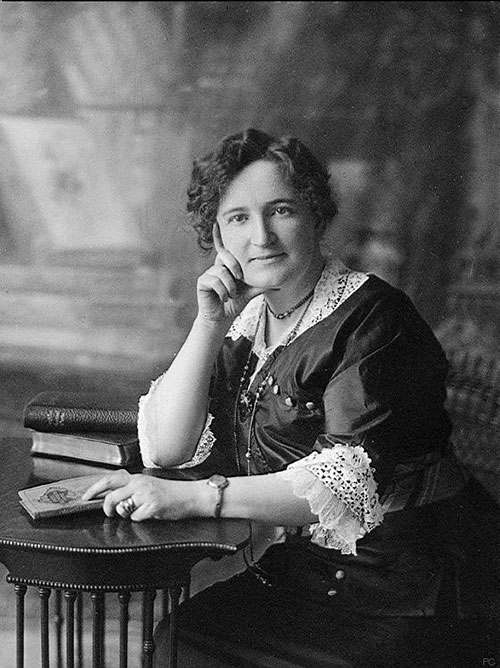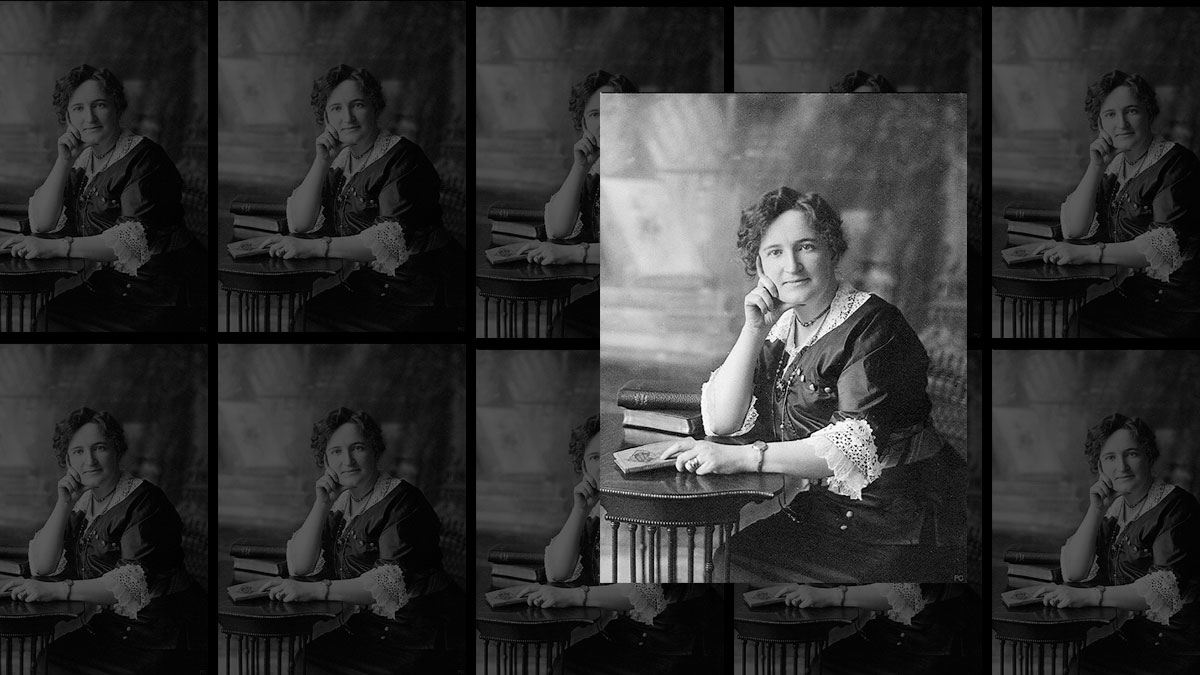
Manitoba Through Time
Did you already know that…
…pottery can survive in the ground for thousands of years. By studying it today, we can discover and understand how people lived in the past, what their places were like and how large their camps were. One of the first people to give significant contributions to the history of earliest pottery-making in North America were the Cree. They lived throughout the vast region of northern Manitoba. The Cree tradition of making pottery was 800 years long, and from their pottery it can be concluded that they were in communication with various groups in the vast region.

Cree women of Southern Indian Lake made pottery vessels from clay. The tradition of making pottery stretches throughout generations of grandmothers and young daughters. These vessels were used as containers, water jugs and cooking pots. Among the smaller items there were cups, bowls and plates.
…life for the first Icelanders, who arrived in 1875 in Canada on the land called New Iceland, wasn’t easy. With the support of Jón Sigurðsson, the leader of the Icelandic independence movement, they decided to settle on the land on the west shore of Lake Winnipeg, the place where town Gimli stands today. Those first days were very challenging, but settlers weren’t left on their own. Many Indigenous Peoples supported and helped Icelanders to adapt to their new home. They taught them farming techniques and how to fish on Lake Winnipeg. Leaving Iceland because of the terrible hardships which the island fell into, the newcomers didn’t know what to take to the new country, and what life would be like in the wilds of the Northwest Territories of Canada. Treasures they brought with them were democracy, literacy, law, religious faith and many books, the most treasured items in Icelandic homes. Icelanders teach their children to read before they start school and their favorite entertainment was listening to a family member read aloud. The main purpose of bringing as many books as possible was to keep their language alive, and to teach children the heritage of the Motherland. Their passion for learning the English language and strong willingness to accept a new way of life, made them one of the most successful immigrant groups.
…Canada’s most famous strike was launched on May 15, 1919. Around 35 000 ethnically diverse Winnipeg workers walked off the job and united in a massive “general strike”. They wanted fair treatment, better wages and better working conditions as well as collective bargaining rights. On June 21st, the situation culminated and thousands of people gathered in Winnipeg’s old Market Square to protest against the arrest of ten strike leaders. Government declared the strike as a revolutionary conspiracy and used force to prevent a parade of “dangerous revolutionaries”. On that day, known as “Bloody Saturday”, thirty people were injured and two people were killed. The strike called off the first week in July 1919. Although workers returned to the same conditions against which they had fought, their effort inspired a well-trodden path in political movements and acknowledged workers’ rights to collective bargaining.
…Nellie McClung made a great contribution in defending and protecting women’s place in family, political and social life. She was truly concerned for the women and the conditions in which they lived and worked in the early twenty century. She believed that if women are better organized, and free in every aspect of life, they could create a better life for every nation. Apart from being an active speaker and feminist, she was very active in political life. On January 27th, 1916, her great success was accomplished, and Manitoba became the first province to grant the vote to women in provincial elections on equal basis with men. She wasn’t just a passionate fighter for justice and equality for all, her talent for writing, devotion in supporting the war efforts and the Red Cross, as well as being an advocate for other social issues, secured her special place in the history as a true Canadian heroine.
In the beginning, man started to change nature and shape it towards his needs. This was the start of an indisputable social change that reflects in natural evolution. Migration as a social phenomenon has contributed to cultural, economic and political changes in Manitoba. One of the main reasons for resettlement was natural disasters, poor economic conditions and looking for better life across the ocean. Migrants transmit language, religion and culture and shape the life of the colony according to the model of the country of origin. With the examples of events herein, I tried to present part of natural, social and political changes that had great influence on social progress of Manitoba.

